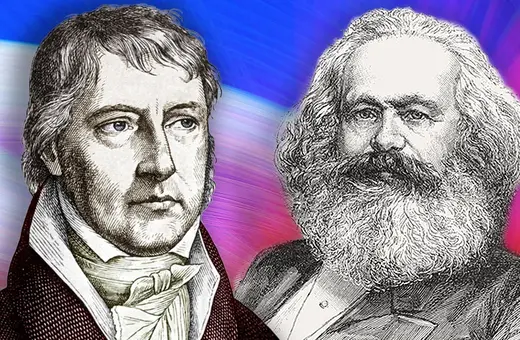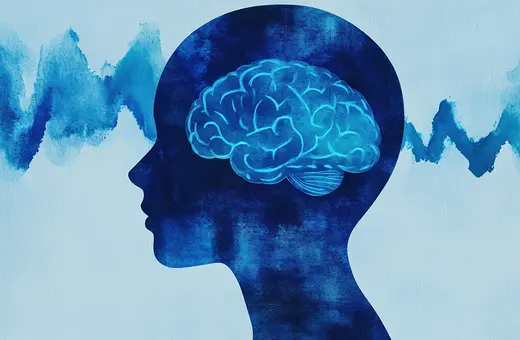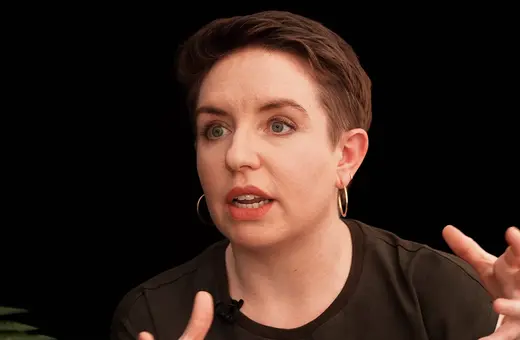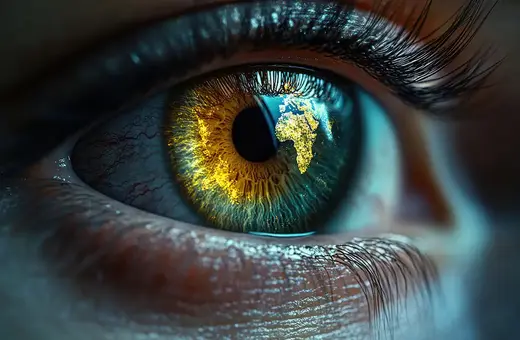Utopias get a bad rap. The imagining of better futures, without any kind of details about how to achieve them, is seen as a form of escapism from life’s real problems. But utopian thinking can be much more than simply a way of consoling ourselves that better days will come. Utopias can help us retrain our desires and prepare us for different ways of living. And while authoritarianism is always a danger lurking in utopian thinking, the risk of simply continuing to live as we have is much greater, writes Mathias Thaler.
In the public debate, the climate emergency has broadly given rise to two opposing reactions: either resignation, grief, and depression in the face of the Anthropocene’s most devastating impacts; or a self-assured, hubristic faith in the miraculous capacity of science and technology to save our species from itself.
 SUGGESTED READING
The power of apocalypse
By John Milbank
But, as Donna Haraway forcefully asserts, neither of these reactions, relatable as they are, will get us very far. What is called for instead is a sober reckoning with the existential obstacles lying ahead; a reckoning that still leaves space for the “educated hope” that our planetary future is not yet foreordained. To accomplish these twin goals, utopian thinking and acting are paramount.
SUGGESTED READING
The power of apocalypse
By John Milbank
But, as Donna Haraway forcefully asserts, neither of these reactions, relatable as they are, will get us very far. What is called for instead is a sober reckoning with the existential obstacles lying ahead; a reckoning that still leaves space for the “educated hope” that our planetary future is not yet foreordained. To accomplish these twin goals, utopian thinking and acting are paramount.
Utopia as escapism
What could be the place of utopias in dealing with the climate emergency? To answer this question, we first have to clear up a widespread misunderstanding about the basic purpose of utopianism. Many will suspect that the utopian imagination appears, in fact, uniquely unsuited for illuminating the perplexing realities of a climate-changed world. On this view, utopianism amounts to the kind of escapism we urgently need to eschew, if we are serious about facing up to the momentous challenges the present has in store for us. Indulging in blue-sky thinking when the planet is literally on fire might be seen as the ultimate sign of our species’ pathological predilection for self-delusion.
Many will suspect that the utopian imagination appears, in fact, uniquely unsuited for illuminating the perplexing realities of a climate-changed world.
The charge that utopias construct alluring alternatives in great detail, without, however, explaining how we might get there, possesses an impressive pedigree in the history of ideas. Karl Marx and Friedrich Engels excoriated the so-called utopian socialists for being supremely naïve when they paid scant attention to the role that the revolutionary subject—the proletariat—would have to play in forcing the transition to communism. It is important to remark that the authors of the Communist Manifesto did not take issue with the glorious ideal that the utopian socialists venerated, quite to the contrary. Their concern was rather that focusing on the wished-for end point in history alone would be deleterious from the point of view of a truly radical politics, for we should not merely conjure what social form might replace the current order, but outline the concrete steps that need to be taken to transform the untenable status quo of capitalism.
Marx and Engels were, to some degree, right. There are many types of utopian vision that serve nothing but consolation, trying to render an agonising situation more bearable by magically transporting the readers into a wonderous, bright future. These utopias typically present us with perfect and static images of what is to come. As such, they leave not only the pivotal issue of transition untouched, they also restrict the freedom of those summoned to imaginatively dwell in this brave new world—an objection levelled against utopianism by liberals of various stripes, from Karl Popper to Raymond Aron and Judith Shklar.





















Join the conversation